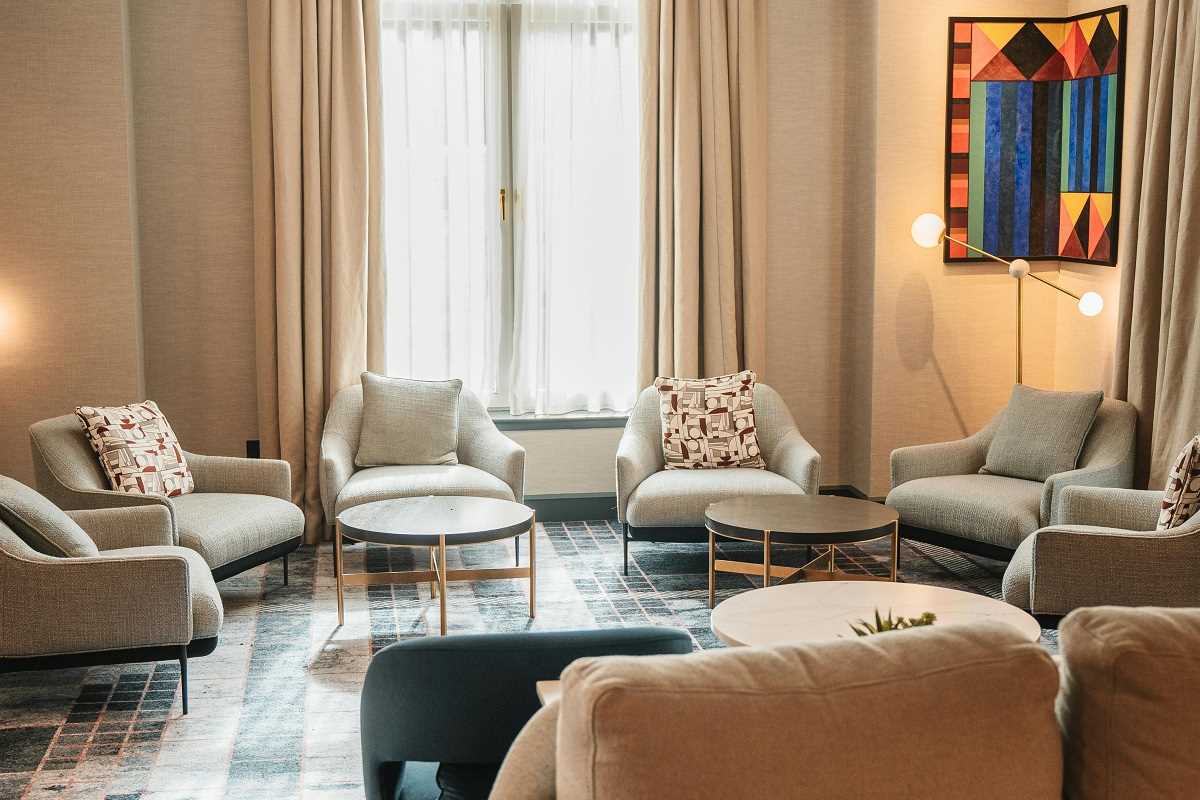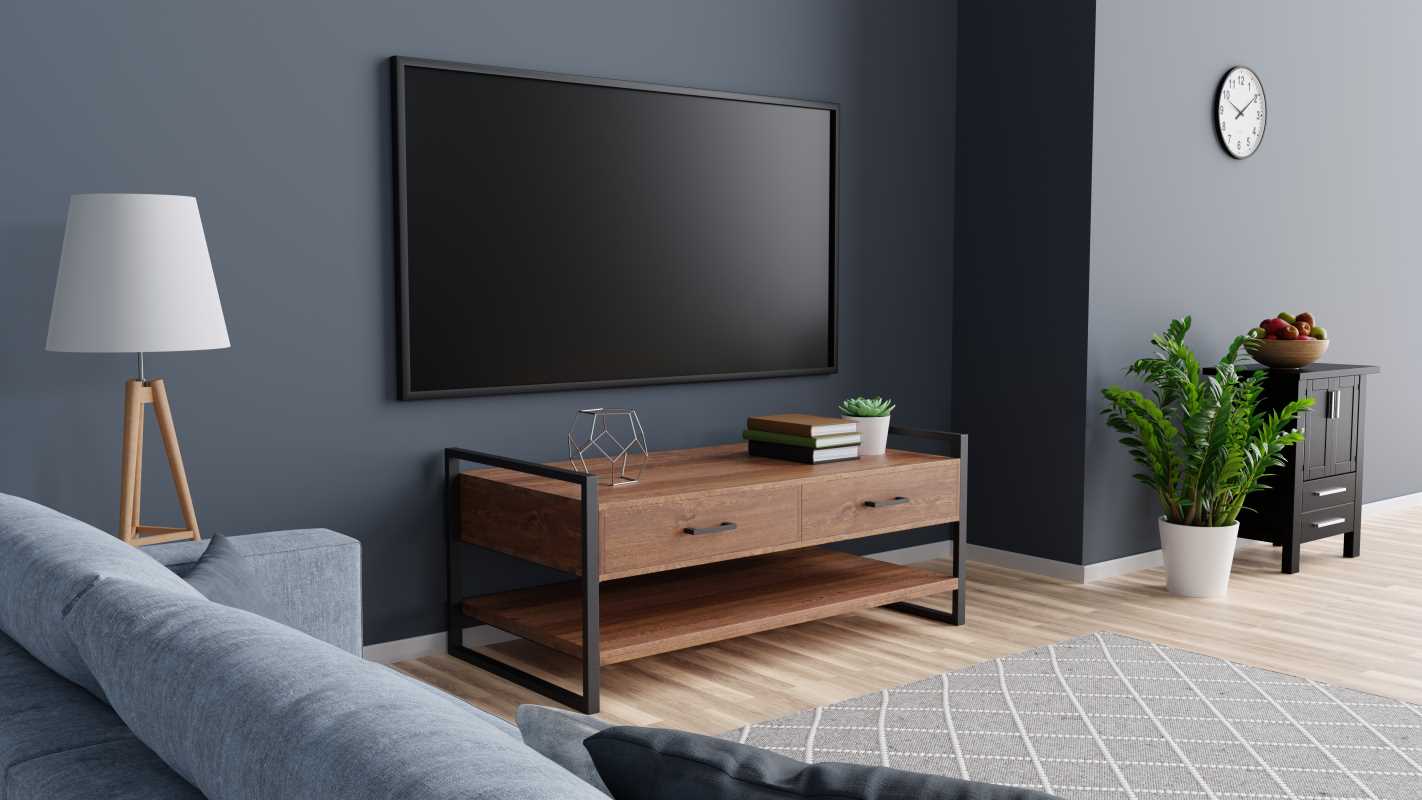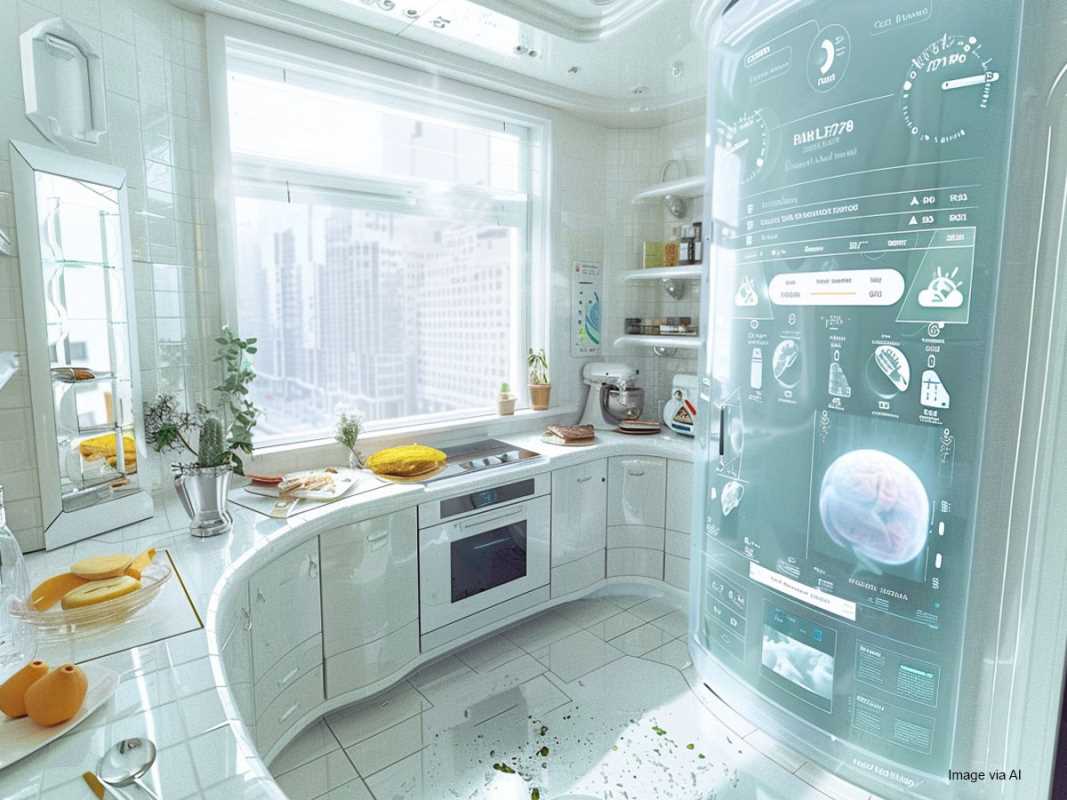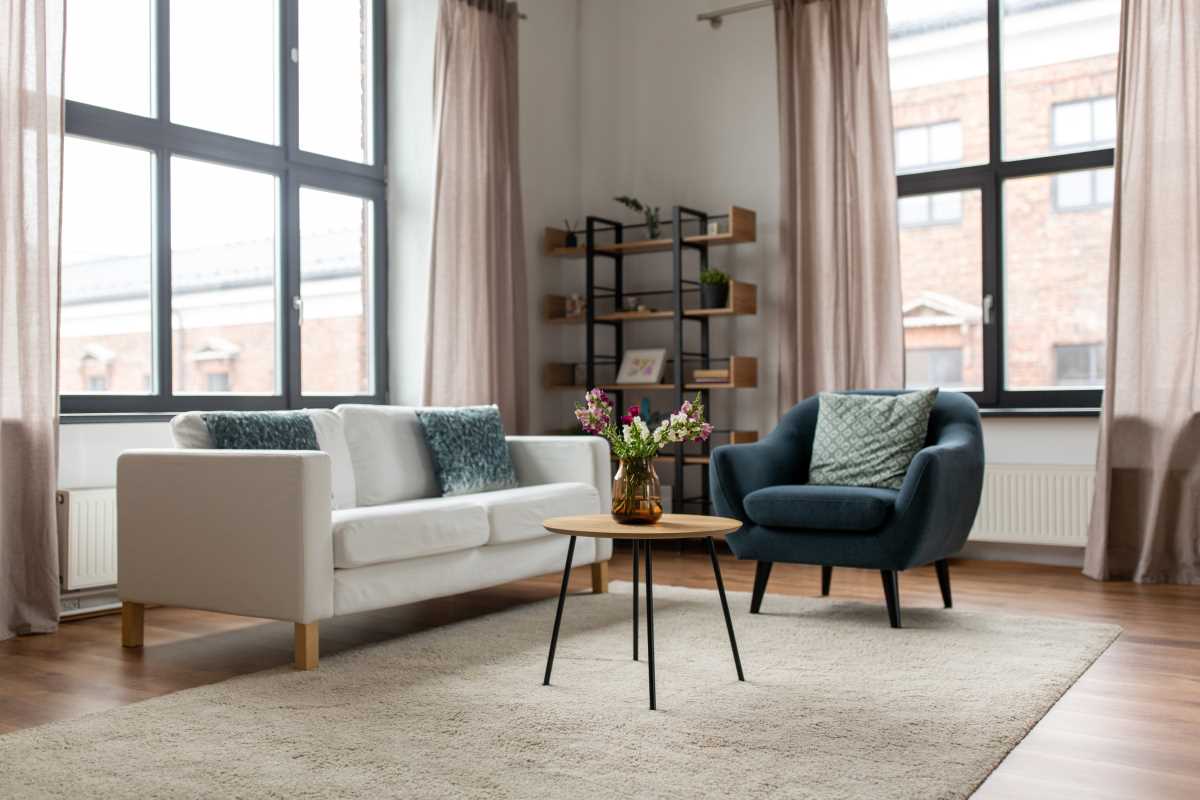Clean lines, open spaces, and thoughtful details create a sense of calm in minimalist homes while eco-friendly upgrades contribute to a more responsible way of living. By choosing sustainable materials and simple designs, homeowners can enjoy a peaceful atmosphere that supports both their well-being and the environment. Minimalist living encourages people to focus on what truly matters, removing distractions and unnecessary items from their surroundings. As a result, living spaces feel more organized and inviting, making it easier to relax and enjoy daily life. This combination of simplicity and sustainability turns every home into a comfortable retreat that reflects modern values.
Designing a home that reflects minimalism involves embracing less to make room for more meaningful belongings and sustainable features. Every choice, from furniture layout to the materials used, contributes to a healthier home and planet, sparks creativity, and reduces environmental impact.
Understanding Minimalism in Home Design
Minimalism in home design promotes simplicity and functionality over decorative excess. Maintaining a clutter-free environment frees up space both physically and mentally, creating an atmosphere that feels refreshing and calming.
This design philosophy focuses on the idea of mindful consumption and purposeful aesthetics. Some core principles include:
- Prioritizing high-quality, essential items instead of accumulating too much.
- Embracing open spaces with fewer distractions.
- Using neutral palettes to create a serene environment.
- Incorporating natural light and textures to add warmth and character.
Eco-Friendly Materials and Upgrades
Selecting sustainable materials for home interiors plays a crucial role in creating spaces that are both minimalist and environmentally conscious. Focusing on renewable resources and recycled goods enhances the aesthetic appeal while reducing waste and energy consumption.
A few practical approaches include transforming living areas with materials such as:
- Reclaimed wood for furniture and accent walls, offering a unique character and historical charm.
- Bamboo flooring, which stands as a quick-regrowing alternative to traditional hardwood.
- Low-VOC and water-based paints that lessen indoor air pollution.
- Recycled metal and glass elements in fixtures and decor for an industrial yet clean look.
Space Optimization and Functional Layouts
Maximizing every corner of your home can lead to a smarter layout with plenty of breathing room. Focusing on functionality without overcrowding each area often results in an inviting space that never feels cramped.
Smart planning tips include considering multipurpose furniture like fold-out desks or hidden storage solutions. Arranging furniture in a way that encourages natural flow between areas can make even the smallest spaces appear larger. One effective idea is to designate clear zones for relaxation, work, and play, ensuring that each function has its place within an uncluttered environment.
Using Technology to Promote Sustainability
Modern technology offers solutions that blend simplicity with efficiency, turning a home into a responsive and energy-conscious haven. Adding smart home devices helps automate everyday tasks while reducing energy consumption. For instance, a programmable thermostat adjusts room temperatures based on usage patterns.
Smart lighting systems help conserve energy by dimming or turning off when rooms remain unoccupied.
Personalizing Minimalist Spaces Responsibly
Adding personal touches can turn a simple, minimalist layout into a warm and uniquely personal home. Thoughtful decor that reflects interests, values, and memories creates emotional connections without overcrowding a space.
Smart personalization tips include:
- Selecting artwork or sculptures made from recycled materials, ensuring creative expression aligns with eco-conscious values.
- Displaying heirloom pieces that tell a story while maintaining a refined aesthetic.
- Including indoor plants that naturally purify the air and add a splash of color and life.
- Using custom lighting or handcrafted decor elements that bring individual flair without sacrificing clean design.
This method of home design encourages careful selection of items that resonate on a personal level while supporting environmental responsibility. Each decision, from material choices to integrating smart systems, helps craft a living space that is both beautiful and eco-friendly.
Minimalist design with sustainable upgrades creates a functional, uplifting home that aligns with sustainable living.
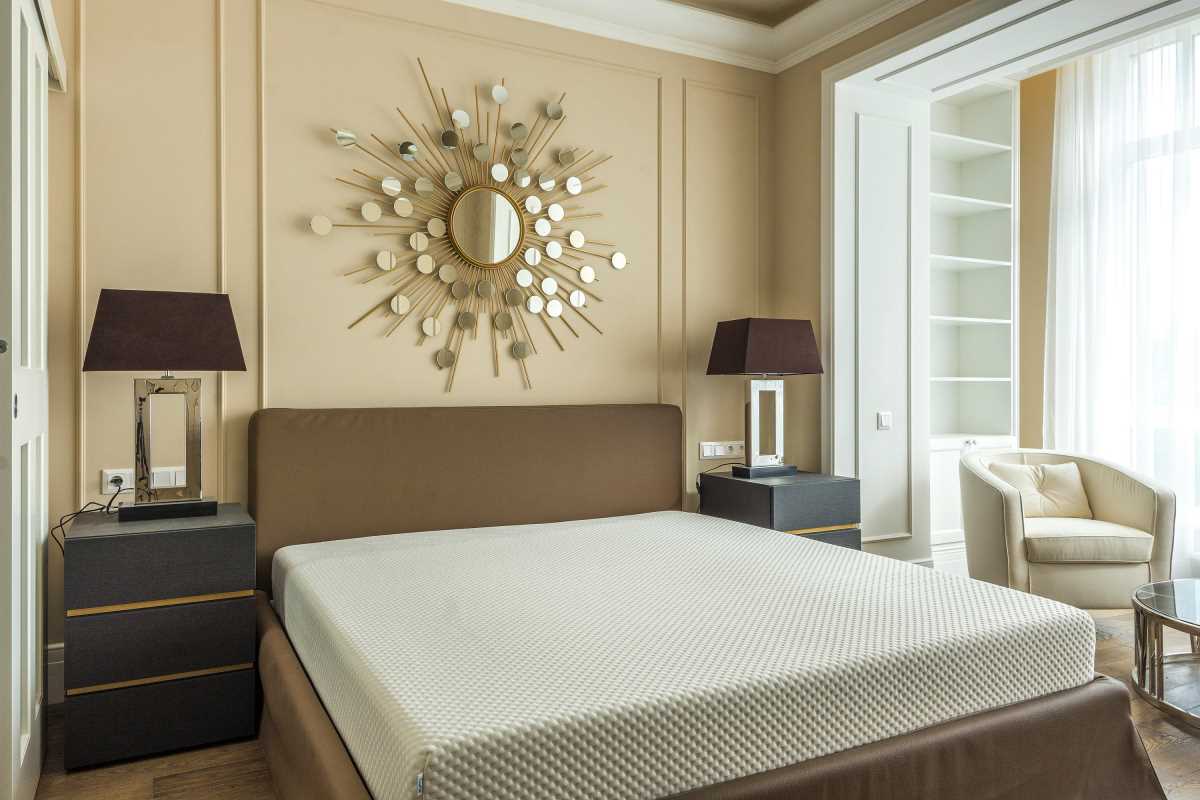 (Image via
(Image via

